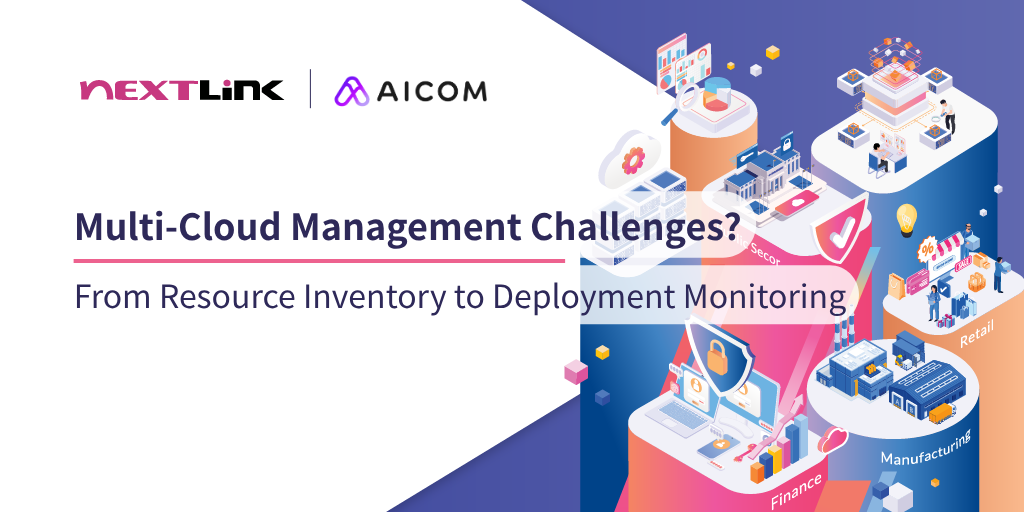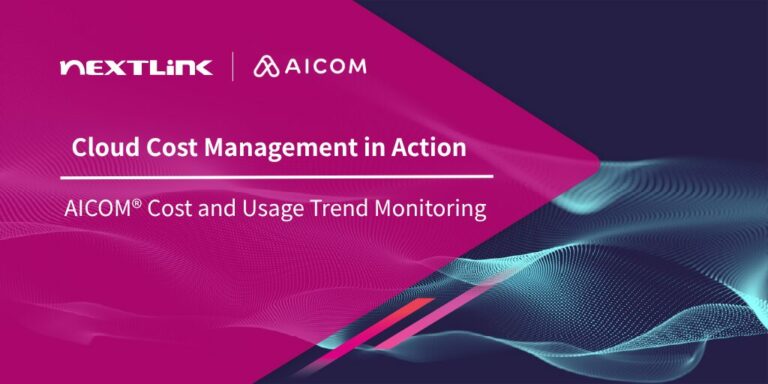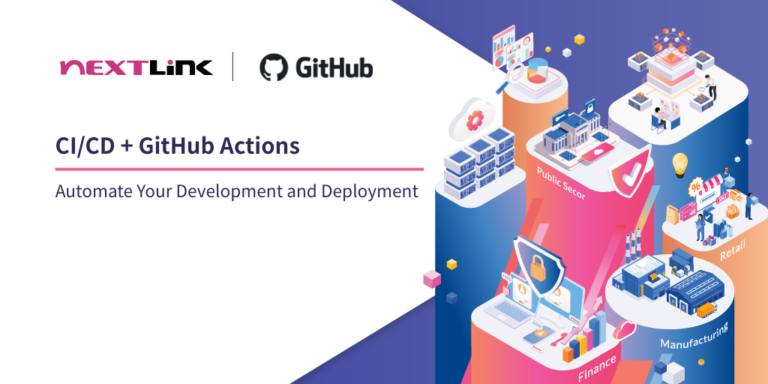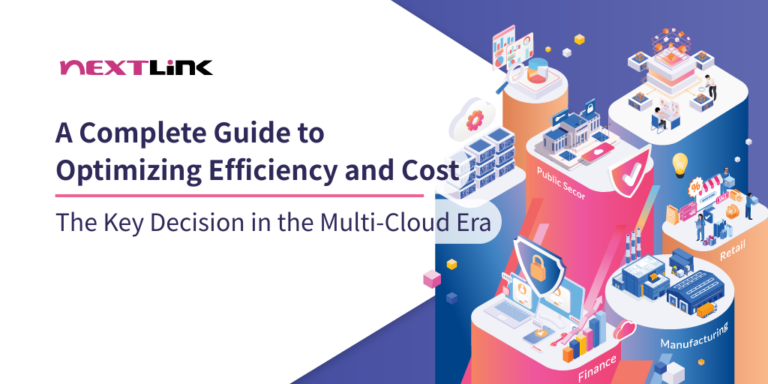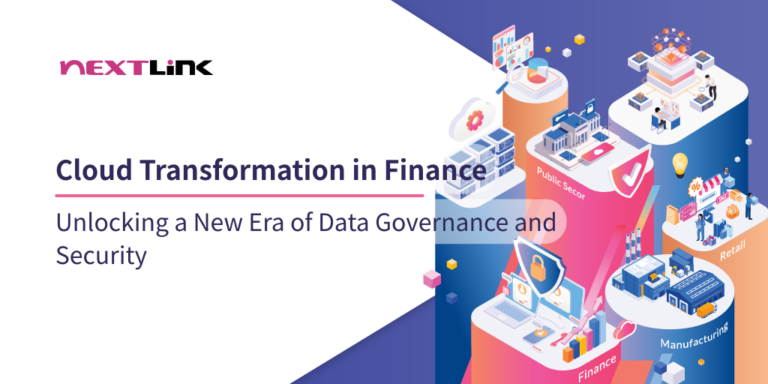As the digital transformation wave sweeps across the globe, enterprises are becoming increasingly dependent on cloud services. However, while enjoying the flexibility and scalability that cloud computing offers, enterprise IT teams are also facing unprecedented management challenges. From complex multi-account environments to real-time resource monitoring, cloud resource management has become a critical issue that cannot be overlooked in enterprise digital transformation.

Table of Contents
Table of Contents
Management Pain Points in Multi-Cloud Environments
1. Scattered Resources Difficult to Manage Centrally
Modern enterprises often use multiple cloud platforms simultaneously, each with its own management interface and monitoring tools. IT personnel need to switch between different platforms and cannot obtain a unified view of all resources. This not only increases management complexity but also easily leads to resource omissions or duplicate configurations.
2. Cost Control Lacks Transparency
Without a unified cost monitoring mechanism, enterprises struggle to grasp cloud spending across departments or projects in real-time. When resource usage suddenly increases, problems are often only discovered after receiving bills, missing the optimal timing for cost optimization. This reactive cost management approach not only affects budget control but also weakens the precision of cloud cost governance and may lead to unnecessary resource waste.
3. Low Resource Allocation Efficiency
Traditional manual management methods cannot respond to changing business requirements in real-time. When rapid resource scaling up or down is needed, complex approval processes and manual operations often become bottlenecks. The lack of cloud resource optimization strategies not only affects enterprise responsiveness but also reduces competitiveness.
4. Increased Security and Compliance Risks
Security strategy formulation in multi-cloud environments is more complex, with different platforms having varying security configuration standards, making security vulnerabilities more likely. Meanwhile, tracking and reporting compliance requirements becomes more difficult, increasing enterprise regulatory risks and further testing the integrity of cloud resource management.

Best Practices for Multi-Cloud Management
Facing these challenges, enterprises seeking to maintain high efficiency and security in multi-cloud environments must establish a comprehensive management framework that enhances governance capabilities across resource inventory, cost optimization, and security compliance.
1. Establish a Centralized Management Platform
Through a unified platform that integrates multi-cloud environments, IT teams can grasp resource usage in real-time, reduce management gaps caused by platform switching, avoid duplicate configurations or idle resources, and improve the transparency and efficiency of cloud resource management.
2. Real-Time Monitoring and Cost Optimization
Introduce tools with cloud expense analysis and budget alert capabilities to help enterprises track every cloud expenditure. Through abnormal usage monitoring and predictive models, enterprises can not only detect unusual spending early but also perform cost optimization proactively, achieving precise financial planning.
3. Dynamic Resource Configuration Management
Enterprises can quickly grasp cloud resource utilization status according to business needs, helping optimize resource allocation, improve resource utilization rates, and allow IT teams to focus more time on innovation and core tasks.
4. Strengthen Security and Compliance Governance
Through centralized permission control and compliance reporting functions, enterprises can ensure consistency of security strategies across cloud environments. Whether it’s access permissions, compliance audits, or anomaly alerts, everything can be completed on a single platform, reducing regulatory risks and improving governance transparency.
From Challenges to Advantages: AICOM® Empowers Multi-Cloud Management Opportunities
While multi-cloud environments bring management complexity, with the right tools and strategies, challenges can be transformed into competitive advantages. From resource inventory to deployment monitoring, AICOM® provides one-stop cloud billing integration, cloud resource management, and permission control mechanisms, helping enterprises control costs from the source. Through AICOM®’s data and charts, enterprises can quickly grasp cloud spending across departments and projects, achieving real-time cloud cost control. Meanwhile, through intelligent analysis and anomaly monitoring, AICOM® assists IT teams in cloud resource optimization, reducing operational risks and improving decision-making efficiency without affecting existing deployments, ultimately achieving cloud operational excellence.
Learn more about how AICOM® enables high-efficiency and high-security management in multi-cloud environments!
